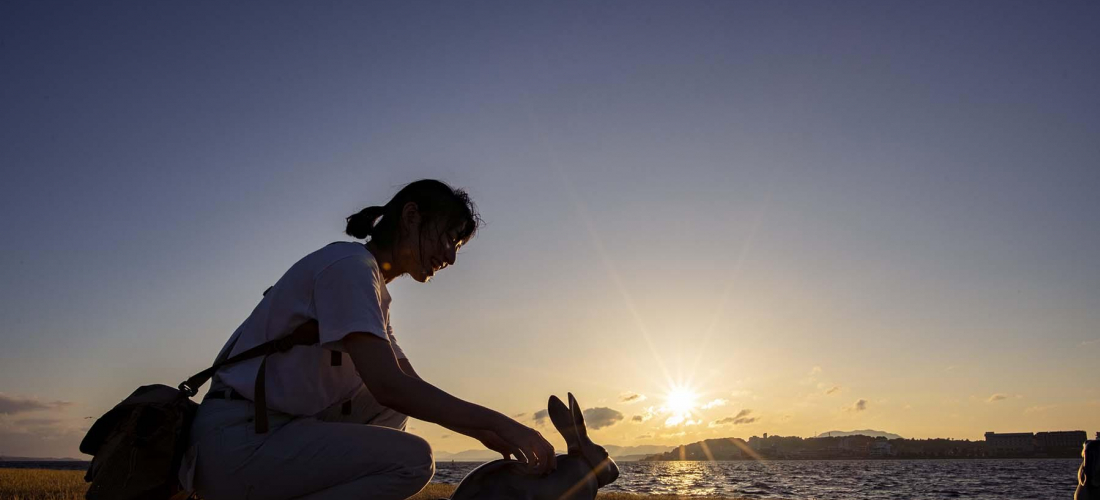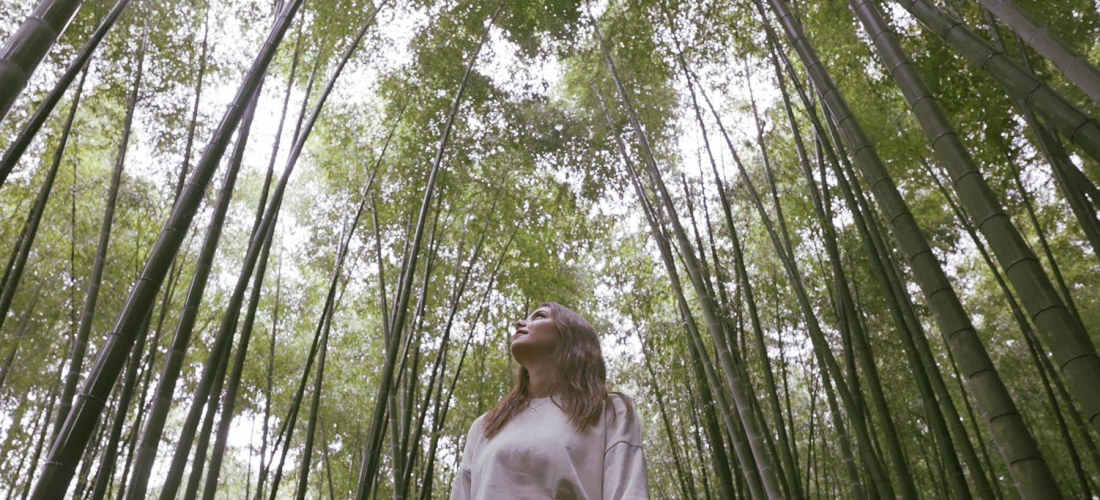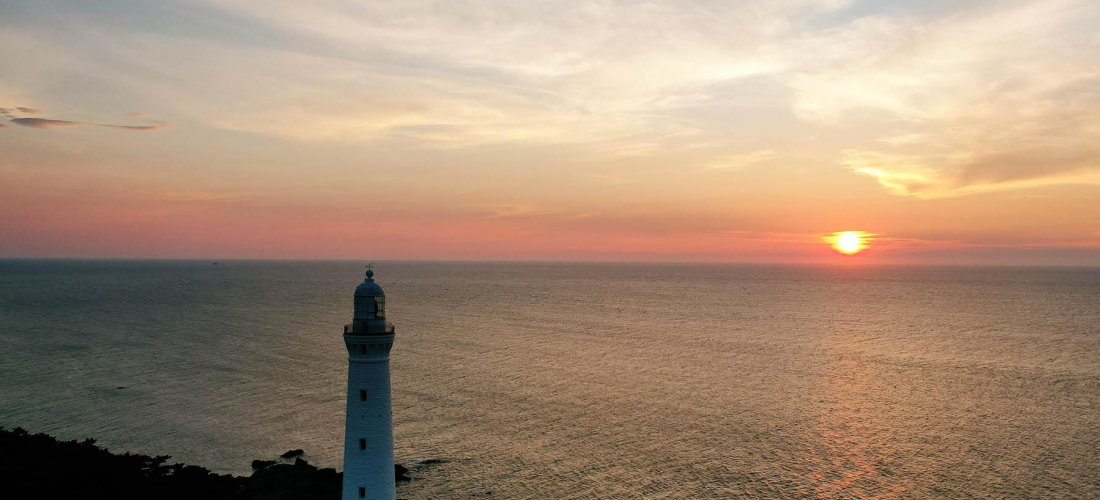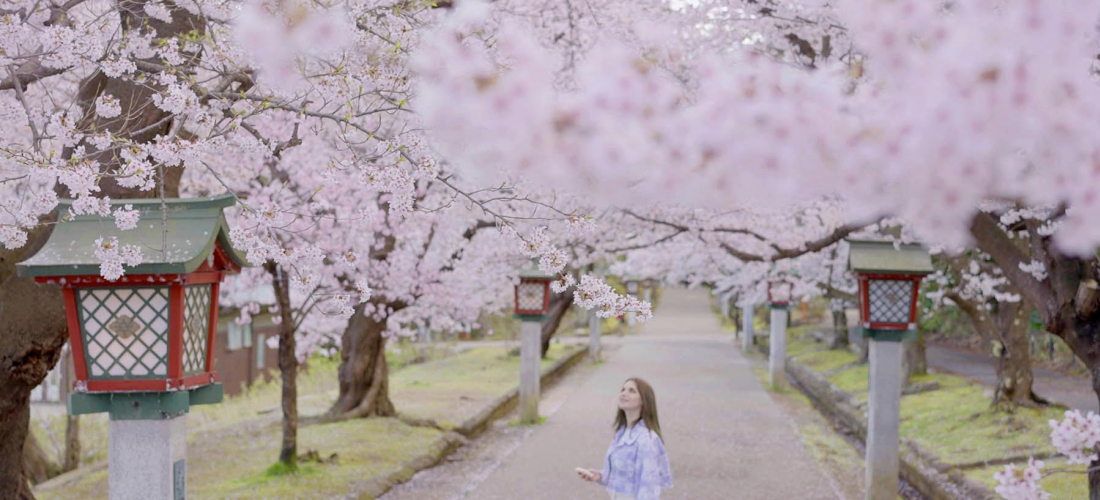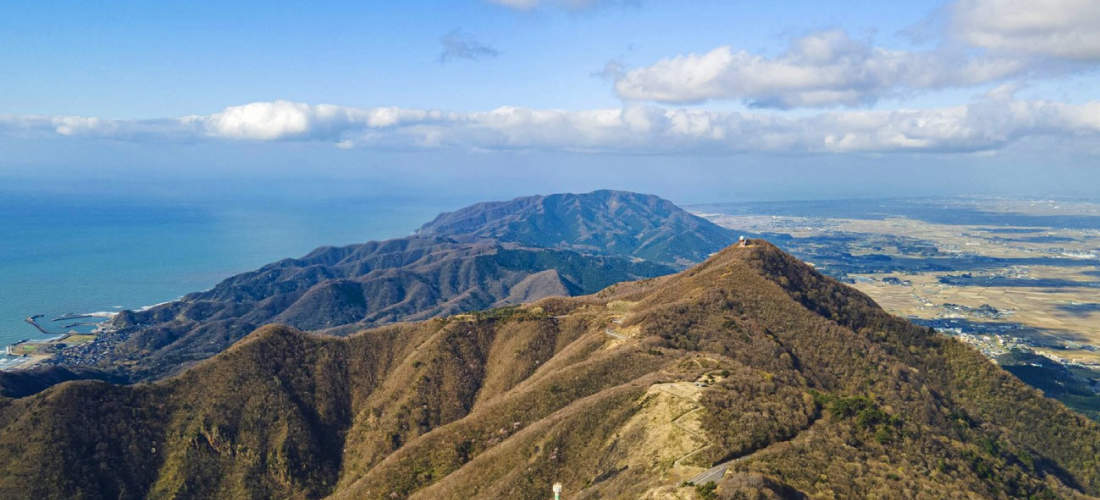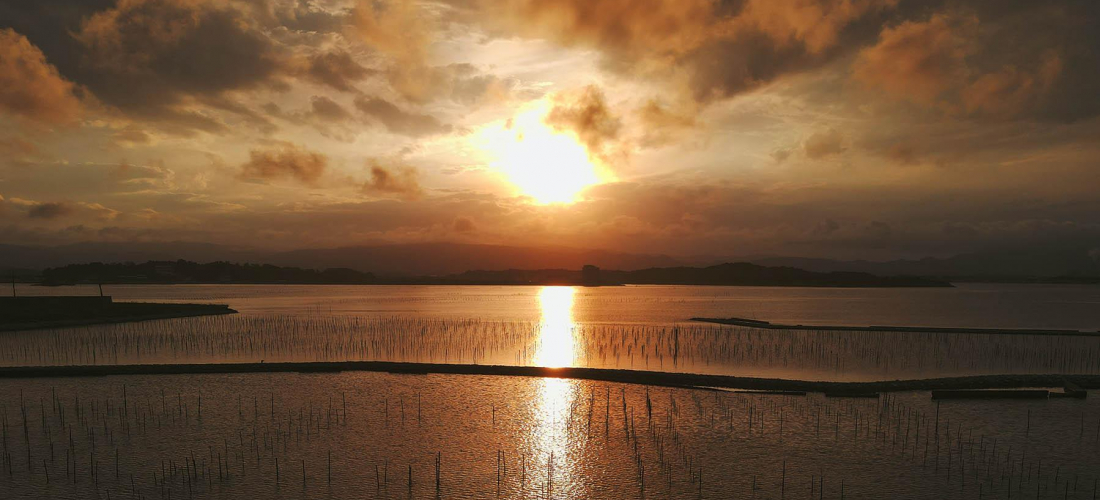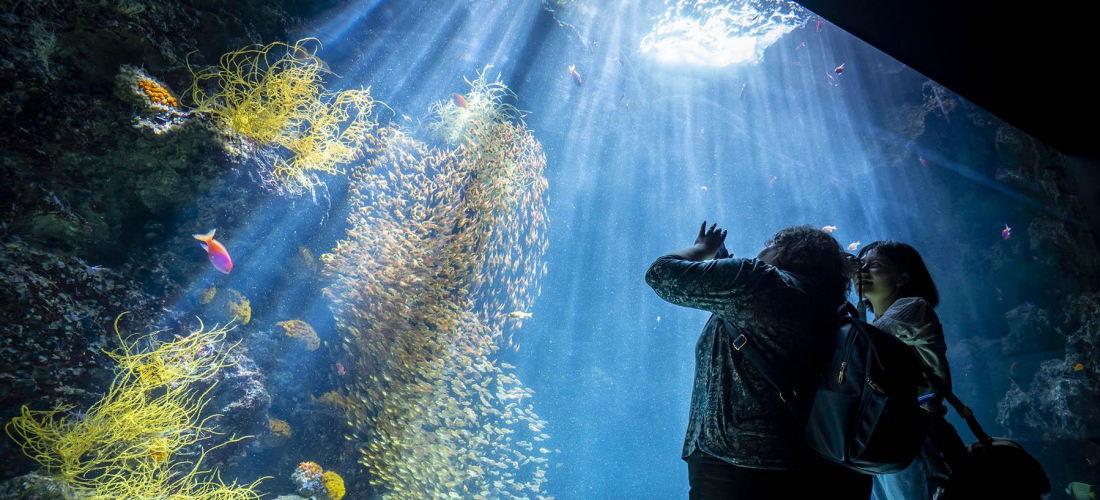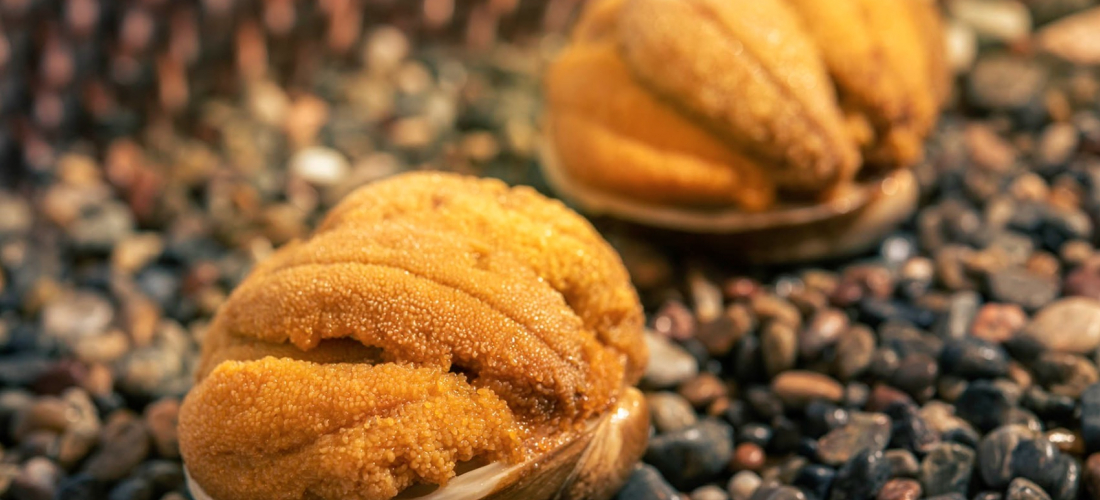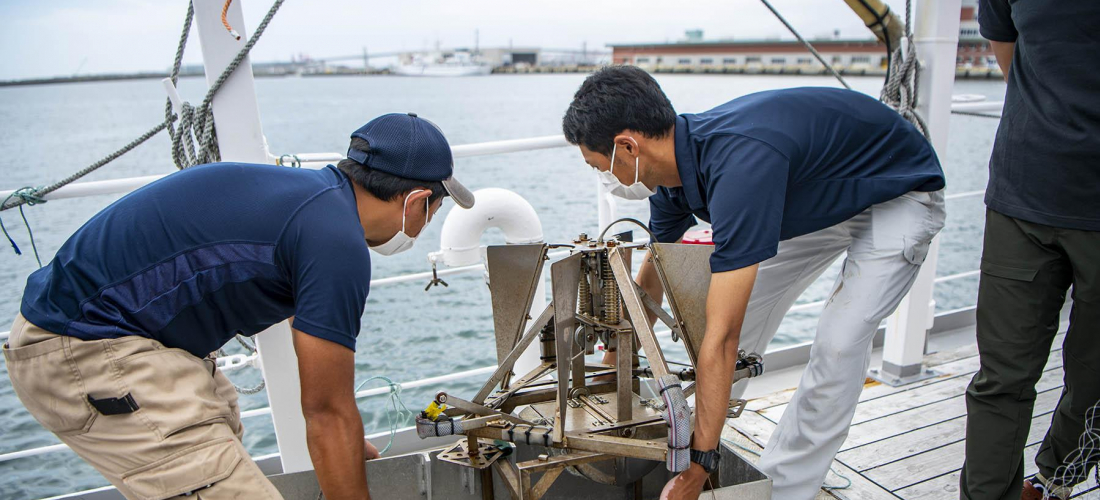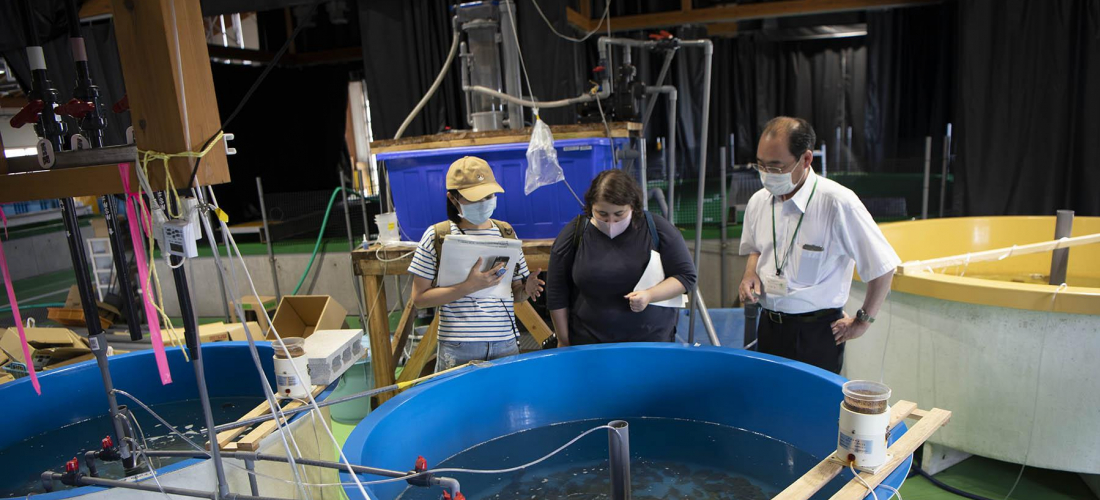
CONTENTS
L’Institut préfectoral de recherche sur les ressources halieutiques de Fukushima est un endroit animé avec des objectifs ambitieux et des milliers de petits poissons soutenant l’avenir des pêcheries locales grâce à la recherche et à l’élevage de créatures marines.
Assure un futur au Joban-mono
L'océan au large de Fukushima, ou la «mer de Shiome» (潮 目 の 海) comme on l'appelle, est un point de jonction pour les courants océaniques chauds et froids, créant l'environnement idéal pour favoriser les populations de poissons Joban-mono de haute qualité. L'industrie de la pêche de Fukushima se remet doucement sur pied après avoir été bouleversée en 2011, et ces jours-ci, les pêcheries des villes côtières comme Iwaki et Soma se reconstruisent lentement, mais le poisson et les fruits de mer Joban-mono font partie de la vie des habitants, ce qu'ils espèrent préserver pour les générations à venir.
Un simple coup d'œil sur le marché des installations de traitement maritime Isobe vous montrera la variété de Joban-mono et son importance pour les habitants de Fukushima. Ce marché aux poissons, juste en bas de l'endroit où les bateaux de pêche de Soma apportent leurs prises du matin chaque jour pour les ventes aux enchères en gros, offre aux clients un avant-goût de ce que la mer de Shiome a à offrir. Les étagères et les réfrigérateurs sont garnis de poissons, de palourdes et de poulpes bouillis, de listao en conserve, et plus encore, tous provenant des eaux visibles depuis le parking du marché.
Regardez de plus près l'emballage des fruits de mer et vous remarquerez que certains des produits de ce marché aux poissons ont même des autocollants rappelant aux clients tous les tests de sécurité pour les rayonnements en cours dans les coulisses et notant les résultats des tests de sécurité. Nous avons déjà discuté des multiples systèmes de tests de surveillance et de tests de dépistage qui entrent en vigueur avant que Joban-mono n'atteigne le marché dans la sixième partie de la série d'articles Japankuru sur le Joban-mono, mais le travail acharné des chercheurs locaux et des travailleurs de la pêche ne s'arrête pas là. Les habitants de la région côtière de Hama-dori à Fukushima veulent maintenir vivante la culture de la pêche locale pendant de nombreuses années.
En ce qui concerne les mesures concrètes, des dirigeants locaux comme le vice-président de l'Association coopérative des pêches d'Iwaki, Mitsunori Suzuki, disent qu'ils utilisent cette période de recroissance pour «affiner les pratiques et maintenir les ressources locales». Pour guider ces nouvelles politiques et aider l'industrie, la recherche de l'Institut préfectoral de recherche sur les ressources halieutiques de Fukushima est sur le coup.
Expériences à l’Institut préfectoral de recherche des ressources halieutiques de Fukushima
Selon le directeur adjoint Toru Sakuma, l'Institut préfectoral de recherche sur les ressources halieutiques de Fukushima a deux objectifs principaux. Premièrement, l'institut étudie la gestion des ressources dans les régions côtières peu profondes au large de Fukushima, en examinant les tendances changeantes et l'écologie générale de la vie marine vivant dans les eaux peu profondes, et en examinant comment l'industrie de la pêche de Fukushima peut se poursuivre en toute sécurité et durablement. Deuxièmement, l'Institut de recherche sur les ressources halieutiques met à profit toute la recherche écologique, en recréant artificiellement les conditions naturelles pour que l'institut puisse participer à l'aquaculture, ou à la pisciculture!
Ces objectifs, et l'institut lui-même, ne sont pas nouveaux – des chercheurs explorent les moyens de maintenir et d'améliorer les ressources halieutiques de Fukushima depuis que l'institut a été créé en 1983. Les anciens bâtiments de l'institut étaient situés à côté du Centrale nucléaire de Fukushima Daiichi, tirant parti de l'eau chauffée de la centrale à des fins de recherche. Après que la catastrophe a irrémédiablement endommagé les bâtiments de l'institut en 2011, ils ont finalement pu construire de nouvelles installations en 2018, un peu plus au nord le long de la côte de Fukushima. Aujourd'hui, non seulement l'Institut de recherche sur les ressources halieutiques continue de poursuivre ces deux objectifs principaux, mais la fusion nucléaire de 2011 lui a apporté de nouveaux défis supplémentaires sur lesquels il doit travailler.
L'Institut préfectoral de recherche sur les ressources halieutiques de Fukushima se concentre sur la gestion des ressources et l'élevage de poissons, et à Fukushima, comprendre aussi profondément que possible les effets des radiations sur la vie marine locale est un élément essentiel de cette recherche. Lors de notre voyage dans les installations actuelles de l'institut à Soma, l'équipe de Japankuru s'est dirigée directement vers le bâtiment de recherche ressemblant à un entrepôt, à quelques pas des bureaux et des laboratoires lumineux, pour voir la recherche par nous-mêmes. Sous ce haut plafond, un certain nombre de réservoirs de formes et de tailles diverses contiennent une poignée d'espèces différentes, tous des projets liés aux travaux actuels des chercheurs.
L'expérience qui nous a le plus immédiatement intéressé était près de la porte d'entrée – des rangées de bassins peu profonds contenant des poissons plats. Dans cette étude, ces derniers agissent en tant que représentants des poissons plats sauvages au large de Fukushima. La recherche est essentielle, car les poissons plats sont un élément clé de l'industrie de la pêche de Fukushima, mais ils passent leur vie sur le fond sableux, où les matières radioactives parasites sont plus préoccupantes. À l'institut, les poissons sont nourris avec des appâts contenant une dose de césium 137 radioactif pendant 25 jours, avant de passer la moitié des poissons à des aliments non radioactifs et de mesurer les niveaux de radiations dans les différents groupes de poissons. Alors que les tests de surveillance et de dépistage des radiations utilisés sur les poissons capturés dans la nature garantissent que tout poisson radioactif capturé à Fukushima ne parviendra de toute façon pas aux consommateurs, cette recherche nous donne un regard inestimable sur les effets persistants de la catastrophe nucléaire qui a eu lieu il y a près de dix ans, et comment toute matière radioactive restante pouvait affecter la vie marine. Cette compréhension plus approfondie fait partie d'un effort plus large pour assurer la sécurité de Joban-mono.
Création de nouvelles générations de Joban-mono
Les recherches en laboratoire et les expériences menées à l'Institut préfectoral de recherche sur les ressources halieutiques de Fukushima sont importantes, mais en termes d'échelle, une grande partie de ce que fait l'institut est liée à la pisciculture. Les pêcheries locales font de leur mieux pour se développer de manière durable et préserver les ressources naturelles, et pour soutenir cet effort, l'institut s'efforce de contribuer aux populations de poissons locales en élevant des espèces locales de poissons plats à partir d'œufs, puis en les relâchant dans la mer pour atteindre l'âge adulte. Interrogé sur les succès de l'institut, le directeur adjoint Sakuma a souri et a mentionné sa fierté sur la façon dont ce projet avait progressé, depuis le temps où il s'occupait avec tendresse d'un petit poisson lui-même. Il y a quelques années à peine, ils ont célébré le moment où leurs efforts d'aquaculture ont abouti à l'élevage et à la remise à l'eau de 10 000 poissons plats japonais dans les eaux au large des côtes de Fukushima. Aujourd'hui, l'Institut préfectoral de recherche sur les ressources halieutiques de Fukushima libère environ 80 000 poissons plats par an et travaille également à l'élevage d'ormeaux.
Les poissons plats japonais de l'institut commencent leur vie dans des œufs et, une fois éclos, ils passent leurs premiers jours à nager autour de ces énormes réservoirs partiellement enfoncés dans le sol, dans un entrepôt dédié. Lorsqu'ils atteignent environ 1~2 cm, ils se rassemblent au fond du réservoir, collant près du sol. Ils sont nourris avec un régime régulier de plancton (cultivé à grande échelle dans le bâtiment voisin) et de viande de poisson, et en l'espace de trois mois seulement, le poisson atteint rapidement une longueur d'environ 8 à 10 cm.
Lorsque les poissons plats japonais ont atteint une taille suffisante, ils sont relâchés dans l'océan à proximité. De retour à l'état sauvage, ils vivent leur vie dans la mer de Shiome, remplie de plancton, et deviennent immenses dans ce riche habitat. Il faut environ deux ans pour que le poisson devienne assez gros pour, un jour, peut-être, être attrapé par un bateau de pêche local, vendu à un restaurant et dégusté comme un délicieux sashimi Joban-mono.
Les espoirs futurs pour Fukushima
Toru Sakuma
Quand les gens pensent à Fukushima, beaucoup restent coincés dans le passé, incapables d'imaginer une époque au-delà des tragédies qui ont frappé en 2011. Mais les recherches de l'Institut préfectoral de recherche sur les ressources halieutiques de Fukushima sont tournées vers l'avenir. Comment pouvons-nous maintenir les pêcheries des villes de Fukushima comme Iwaki et Soma? Comment pouvons-nous maintenir la durabilité de l'industrie loin dans le futur? Comment pouvons-nous nous assurer que tout le monde, à la fois local et lointain, puisse profiter en toute sécurité de délicieux plats préparés avec du Joban-mono frais? Nous ne connaissons peut-être pas encore toutes les réponses, mais le directeur adjoint Toru Sakuma, ainsi que le reste des chercheurs et du personnel de l'institut, s'efforcent de les trouver.
Au cours des derniers mois, l'équipe de Japankuru s'est concentrée sur tous les détails de la pêche et des tests de radiation à Iwaki et Soma, et nous avons beaucoup écrit à propos de certaines des installations les plus importantes impliquées dans le processus, comme le centre des technologies agricoles de Fukushima et sur le Centre de recherche sur les pêches et les sciences marines de la préfecture de Fukushima. L'une des parties les plus amusantes de ce projet, cependant, a été de goûter toutes sortes d'aliments à base de poisson et de fruits de mer Joban-mono – du sashimi transparent aux délicieux pot-au-feu. Dans les deux derniers articles de la série, nous sommes ravis de vous montrer exactement quels plats délicieux vous avez manqué, alors gardez un œil sur Joban-mono!
Pour plus d'informations et de mises à jour de partout au Japon, n'oubliez pas de suivre Japankuru sur twitter, instagram, et facebook!
Details
NAME:Fukushima Prefectural Research Institute of Fisheries Resources (福島県水産資源研究所)
https://www.pref.fukushima.lg.jp/sec/36021a/seika-shigenken.html
COMMENT
FEATURED MEDIA
VIEW MOREMAP OF JAPAN
SEARCH BY REGION

LATEST
VIEW MOREEVENT CALENDAR
VIEW MOREMOST POPULAR
 Tokyo Winter Recommendation: Don’t Miss Tokyo Mega Illumination, Japan’s #1 Light Show
Tokyo Winter Recommendation: Don’t Miss Tokyo Mega Illumination, Japan’s #1 Light Show ป้ายยาสินค้าน่าซื้อในร้านขายยาญี่ปุ่น | KOWA ผลิตภัณฑ์เพื่อสุขภาพสำหรับคนยุคใหม่
ป้ายยาสินค้าน่าซื้อในร้านขายยาญี่ปุ่น | KOWA ผลิตภัณฑ์เพื่อสุขภาพสำหรับคนยุคใหม่ Okinawa Family Road Trip: Japanese Glasses Shopping at San-A Urasoe West Coast PARCO CITY, Discount Coupons, & Okinawa Sightseeing with JINS
Okinawa Family Road Trip: Japanese Glasses Shopping at San-A Urasoe West Coast PARCO CITY, Discount Coupons, & Okinawa Sightseeing with JINS

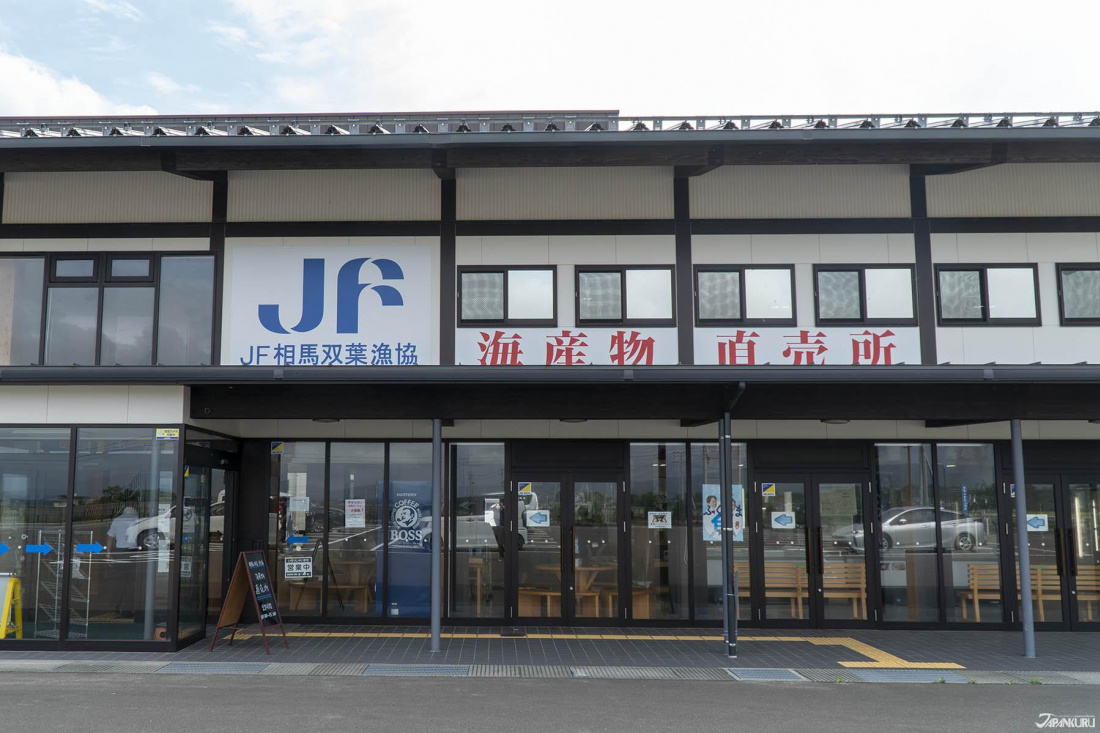




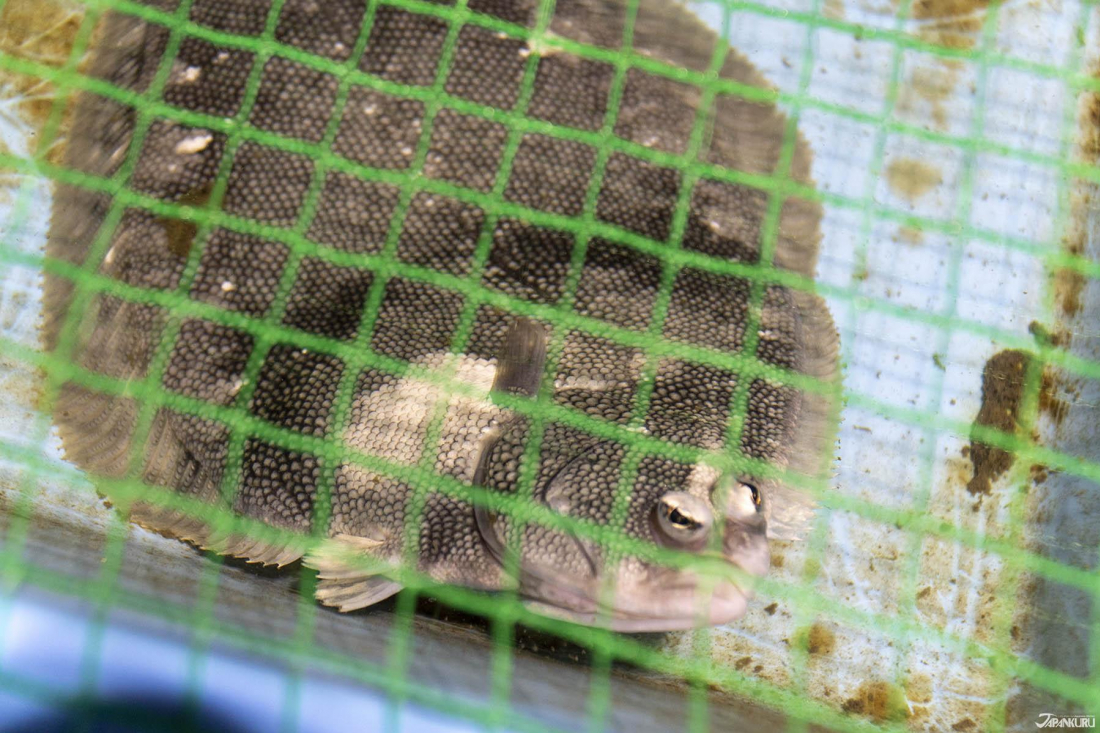

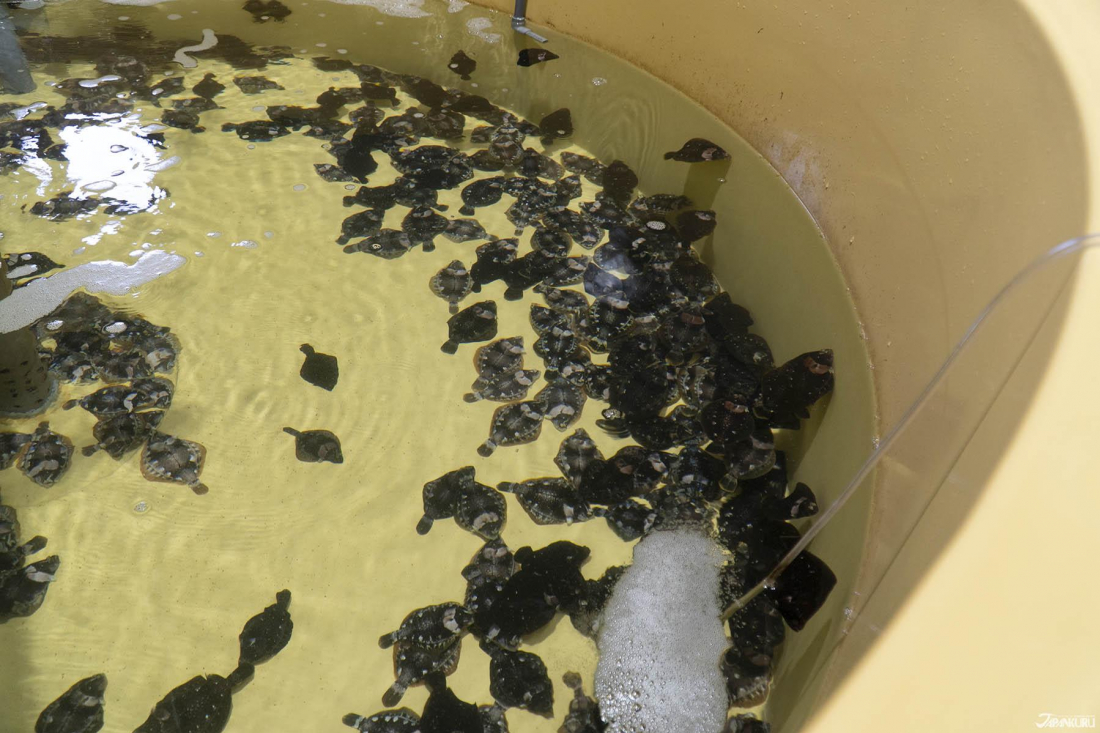


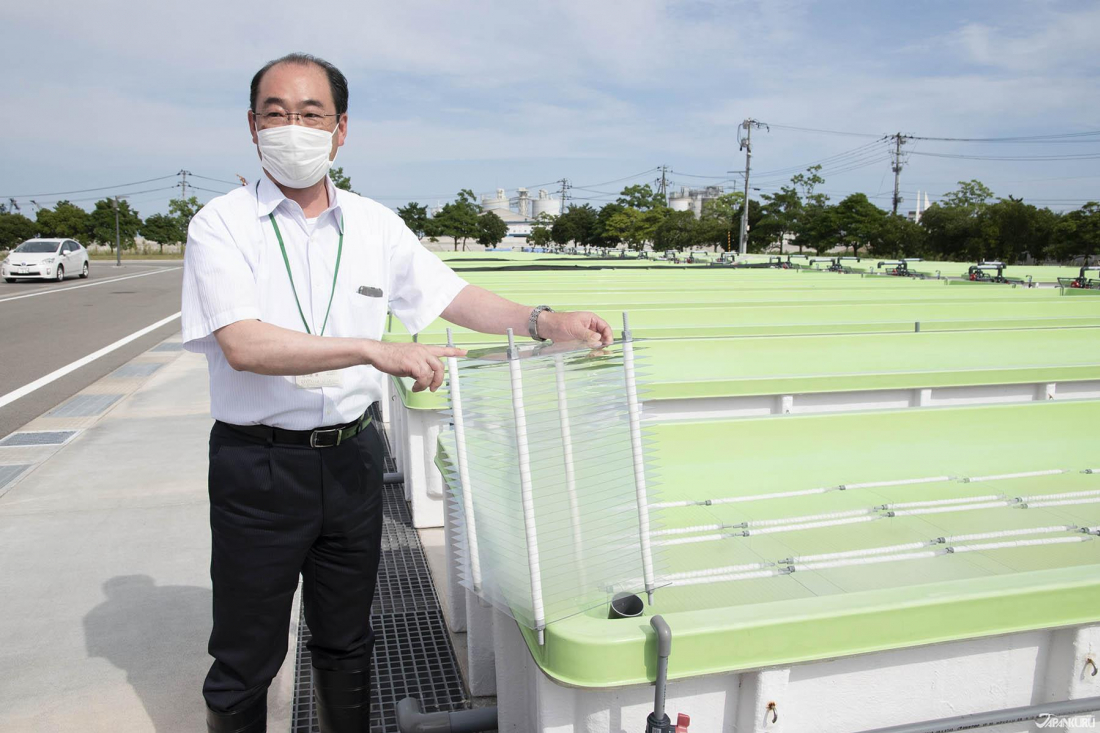





 >> Find out more at Japankuru.com! (link in bio)
#
>> Find out more at Japankuru.com! (link in bio)
#





 The Robot Restaurant is gone, but the Samurai Restaurant is here to take its place. Check it out, and don't forget your coupon!
The Robot Restaurant is gone, but the Samurai Restaurant is here to take its place. Check it out, and don't forget your coupon!
 신주쿠의 명소 로봇 레스토랑이 사무라이 레스토랑으로 부활! 절찬 쿠폰 발급중
신주쿠의 명소 로봇 레스토랑이 사무라이 레스토랑으로 부활! 절찬 쿠폰 발급중
 18歲以上才能入場的歌舞秀,和你想的不一樣!拿好優惠券去看看~
#tokyo #shinjuku #samurairestaurant #robotrestaurant #tokyotrip #도쿄여행 #신주쿠 #사무라이레스토랑 #이색체험 #할인이벤트 #歌舞伎町 #東京景點 #武士餐廳 #日本表演 #日本文化體驗 #japankuru #japantrip #japantravel #japanlovers #japan_of_insta
18歲以上才能入場的歌舞秀,和你想的不一樣!拿好優惠券去看看~
#tokyo #shinjuku #samurairestaurant #robotrestaurant #tokyotrip #도쿄여행 #신주쿠 #사무라이레스토랑 #이색체험 #할인이벤트 #歌舞伎町 #東京景點 #武士餐廳 #日本表演 #日本文化體驗 #japankuru #japantrip #japantravel #japanlovers #japan_of_insta
 코지마 x 빅 카메라 쿠폰으로 일본 가전 제품 쇼핑하기
#pr #japankuru #japanshopping #kojima #biccamera #japaneseskincare #yaman #dji #osmopocket3 #skincaredevice #日本購物 #美容儀 #相機 #雅萌 #日本家電 #일본여행 #면세 #여행꿀팁 #일본쇼핑리스트 #쿠폰 #일본쇼핑 #일본브랜드 #할인 #코지마 #빅카메라 #japankurucoupon
코지마 x 빅 카메라 쿠폰으로 일본 가전 제품 쇼핑하기
#pr #japankuru #japanshopping #kojima #biccamera #japaneseskincare #yaman #dji #osmopocket3 #skincaredevice #日本購物 #美容儀 #相機 #雅萌 #日本家電 #일본여행 #면세 #여행꿀팁 #일본쇼핑리스트 #쿠폰 #일본쇼핑 #일본브랜드 #할인 #코지마 #빅카메라 #japankurucoupon
























